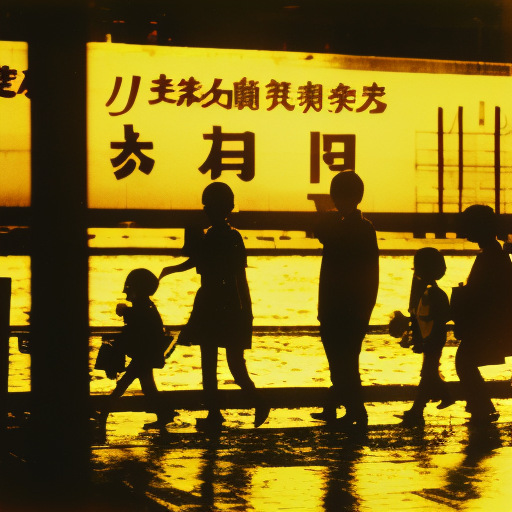Summary:
The Thirty Years’ War was a conflict that took place in Europe from 1618 to 1648. It began as a religious war between Protestants and Catholics in the Holy Roman Empire but eventually evolved into a broader conflict involving various European powers. The war had a profound impact on the political, religious, and social landscape of Europe, leading to significant changes in the balance of power and the emergence of new nation-states.
Causes and Early Phases:
The roots of the Thirty Years’ War can be traced back to the religious tensions that emerged during the Protestant Reformation in the 16th century. The conflict began in 1618 when Protestant nobles in Bohemia rebelled against the Catholic Habsburg rulers. This rebellion, known as the Defenestration of Prague, marked the beginning of the war. The conflict quickly spread throughout Central Europe, with various states and powers taking sides based on religious and political interests.
Phase One: The Bohemian Phase (1618-1625)
During the Bohemian phase, the Protestant forces initially gained the upper hand, electing Frederick V of the Palatinate as their king. However, their success was short-lived, as the Catholic forces, led by the Habsburgs, defeated them at the Battle of White Mountain in 1620. This victory allowed the Habsburgs to reestablish their control over Bohemia and crush Protestant resistance in the region.
Phase Two: The Danish Phase (1625-1629)
In the Danish phase, King Christian IV of Denmark entered the war on the Protestant side. However, his military campaign proved unsuccessful, and the Catholic forces, led by the Holy Roman Emperor Ferdinand II, emerged victorious. The Peace of Lübeck in 1629 marked the end of the Danish phase and further solidified Catholic control over the Holy Roman Empire.
Phase Three: The Swedish Phase (1630-1635)
The Swedish phase saw the entry of King Gustavus Adolphus of Sweden into the war on the Protestant side. Gustavus Adolphus, known for his military prowess, achieved several significant victories against the Catholic forces. However, his death in the Battle of Lützen in 1632 marked a turning point in the war. Despite his death, Sweden continued to fight, but the Catholic forces, led by General Albrecht von Wallenstein, regained the upper hand.
Phase Four: The French Phase (1635-1648)
The French phase of the war was characterized by the involvement of Cardinal Richelieu, who sought to weaken the Habsburgs and expand French influence. France, along with several other European powers, including Sweden, Denmark, and various German states, formed an alliance against the Habsburgs. This phase of the war was marked by numerous battles and sieges, including the famous Battle of Rocroi in 1643, which resulted in a decisive victory for the French.
Peace of Westphalia and Aftermath:
The war finally came to an end with the signing of the Peace of Westphalia in 1648. This treaty recognized the independence and sovereignty of various German states and marked the decline of the Holy Roman Empire. It also introduced the principle of cuius regio, eius religio, allowing rulers to determine the religion of their territories. The war had devastating consequences, with estimates suggesting that it resulted in the loss of millions of lives.
Impact:
The Thirty Years’ War had a profound impact on Europe. It weakened the Holy Roman Empire and led to the rise of new nation-states, such as France and Sweden. The war also marked a shift from religious conflicts to more secular power struggles among European powers. Additionally, the war devastated the economies and societies of many regions, leading to widespread famine, disease, and displacement of populations.
In conclusion, the Thirty Years’ War was a complex and multifaceted conflict that had far-reaching consequences for Europe. It began as a religious war but evolved into a broader struggle for power and influence. The war’s impact on politics, religion, and society was significant, leading to the emergence of new nation-states and reshaping the balance of power in Europe.












